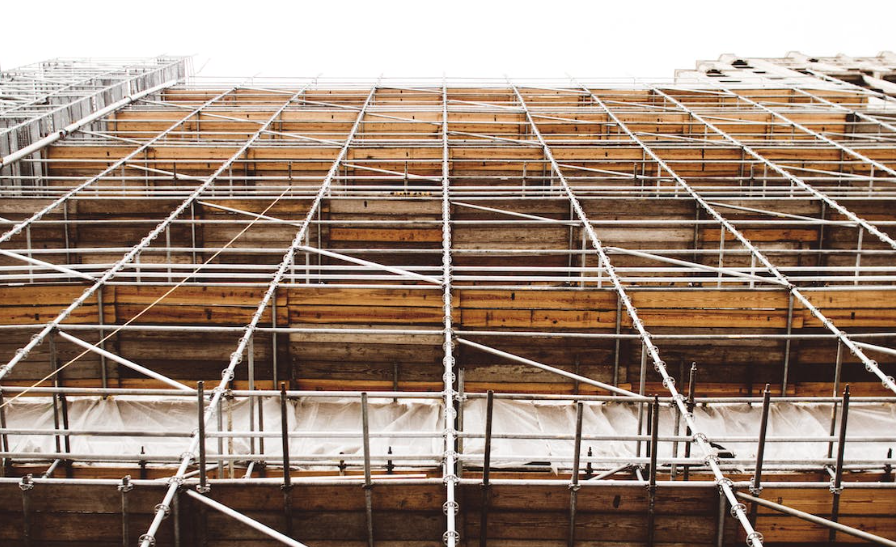
13 Feb The Evolution of Construction: Exploring Modern Scaffolding Systems
The importance of reliable and efficient building methods has never been more paramount in the field of construction. As we witness rapid advancements in technology and materials, one aspect remains crucial in the realm of construction: scaffolding. This integral component not only ensures the safety of workers but also significantly enhances the efficiency of building projects.
Scaffolding: A Brief History
Scaffolding has been a cornerstone in construction since ancient times. From the pyramids of Egypt to the colossal structures of the Roman Empire, the design provided the necessary support for builders to reach new heights. Traditional scaffolding was primarily made of wood, which, while effective, had limitations in terms of durability and load-bearing capacity.
The Modern Scaffold System
Fast forward to today, and the landscape of scaffolding has transformed dramatically. Modern systems are predominantly made from robust materials like steel and aluminium, offering greater strength and flexibility. These contemporary components are not only more durable but also adaptable to various architectural designs and construction needs.
Safety and Efficiency: The Dual Benefits
One of the most significant aspects of modern scaffold systems is their optimised safety features. With stringent industry regulations and improved design, these products provide a secure platform for workers, minimising the risk of accidents. In terms of efficiency, modern brands allow for quicker assembly and disassembly, saving valuable time in construction projects. It’s a testament to innovation that advanced scaffold solutions for construction have become indispensable in the industry.
Environmental Impact and Sustainability
The evolution of scaffold designs also reflects a growing emphasis on environmental sustainability. Current-day materials are often recyclable, reducing the ecological footprint of construction projects. Moreover, the efficiency of these systems leads to less waste and lower energy consumption during the building process.
The Role of Technology
Technology has played a pivotal role in advancing scaffold utilities. From computer-aided design (CAD) to 3D modelling, technological tools have enabled more precise and customised scaffold structures. This evolution not only advances safety measures but also allows scaffolding to meet the unique demands of each construction project.
Training and Skill Development
As scaffold systems become more advanced, the need for skilled workers to operate them grows. Training programs and certifications have become integral, empowering workers to use these systems safely and efficiently. This focus on training underscores the industry’s commitment to safety and quality.
Future Trends in Scaffolding
Looking ahead, we can expect further innovations in scaffolding. Emerging trends include using lightweight composite materials and integrating smart technology for real-time monitoring and management. These advancements promise to make scaffolding safer, more efficient, and more adaptable to future construction challenges.
The Importance of Global Standards
As high-grade scaffolding frameworks evolve, establishing and adhering to global safety standards become increasingly crucial. These standards ensure uniform safety and quality across different regions and projects, fostering a safer and more efficient construction industry worldwide.
Conclusion
The evolution of scaffold systems reflects broader innovation, safety, and sustainability trends in the construction industry. As we embrace these modern designs, we enhance the efficiency and safety of construction projects and contribute to a more sustainable and technologically advanced industry. The future of construction is undoubtedly intertwined with the continuous evolution of scaffold systems.
In exploring the world of construction and its advancements, it’s also beneficial to understand the broader context of architectural history. For those interested, exploring iconic architectural marvels throughout history provides valuable analysis of the evolution of building techniques and styles over the centuries.

Sorry, the comment form is closed at this time.